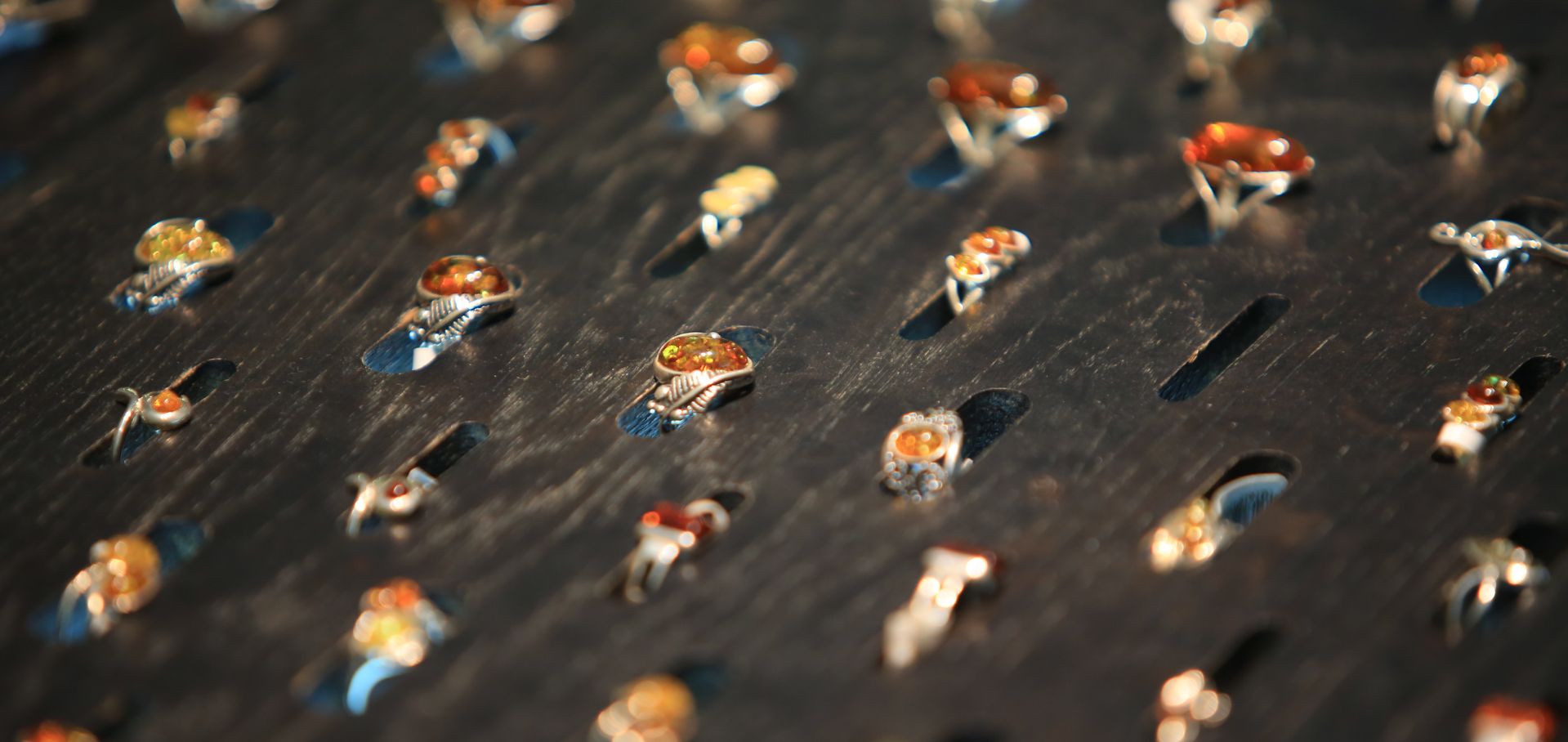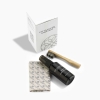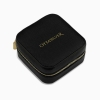
Nowadays, many people prefer charms made of amber for both themselves and their families, in order to take advantage of the healing and supportive effects of treatment. At the same time, this popularity of amber necklaces, bracelets, and rosary, which is also a good gift alternative, attracts the attention of crooks and opporresters. Fortunately, you can easily understand whether the product you purchased is made from real amber, thanks to the main methods you can implement. Here are a few tips and suggestions:
Check out the product of the ammunition you purchased. True amber beads have a different and unique structure; it is normal for them to have defects such as air bubbles, small marks, and cracks. They are found in different sizes and shapes, not in standard sizes. When you touch real enchantment, you get a feeling much warmer than the fake ones.
One of the most effective ways of separating fake amber from the truth is the salt water test. After filling this test with water in a medium-sized glass, throw in 7 teaspoons of salt and stir until the salt is completely melted. Leave your amber-beaded jewelry in the water. If your jewelry is made of real amber, it floats in water. The vast majority of jewelry made of amber beads will remain at the bottom of the glass. This method is misleading to use in jewelry with metal parts, so we recommend that you only use it in jewelry with amber.
You can try to charge the beads by rubbing them to see if the jewelry you bought is made from either amber or copper. Rub your fabric with fabric for 20-60 seconds. If you are drawing small pieces of paper or jewelry, paper, or hair that you have brought close to your hair, then it is made of real amber. If this electrification does not occur and the stones only become a little sticky, the jewelry you hold in your hand is made of copal pieces.
Another way to distinguish the real amber from the fake is to test whether you can leave traces on the stone with the help of a heated needle. After heating a batch pin, if you press on the stone and small and light traces remain, the jewelry you hold in your hand is most likely made from authentic amber. If it's a piece of copal jewelry, the needle sinks into the bead much easier. One drawback of this method is that the permission to leave on the stone is permanent. But if you try other methods but you are not comfortable with them, you can also try this test.
The scratch test is another method that is often used when testing very expensive jewelry. Because in this way, you can cause serious damage if you test the truth. We recommend this practice if you have any doubts that the product you are buying is made from amber imitation glass beads. When real amber beads come into contact with metal or hard surfaces, they will be easily scratched, and such a result will not occur in glass beads.
The scent test, which is ideal for advanced users, will also help separate the real amber from the copal. The scent of the true honey Amber has a much stronger natural resin aroma compared to the copy. When you smell beads made of substances other than the copal, you will smell plastic, etc.


